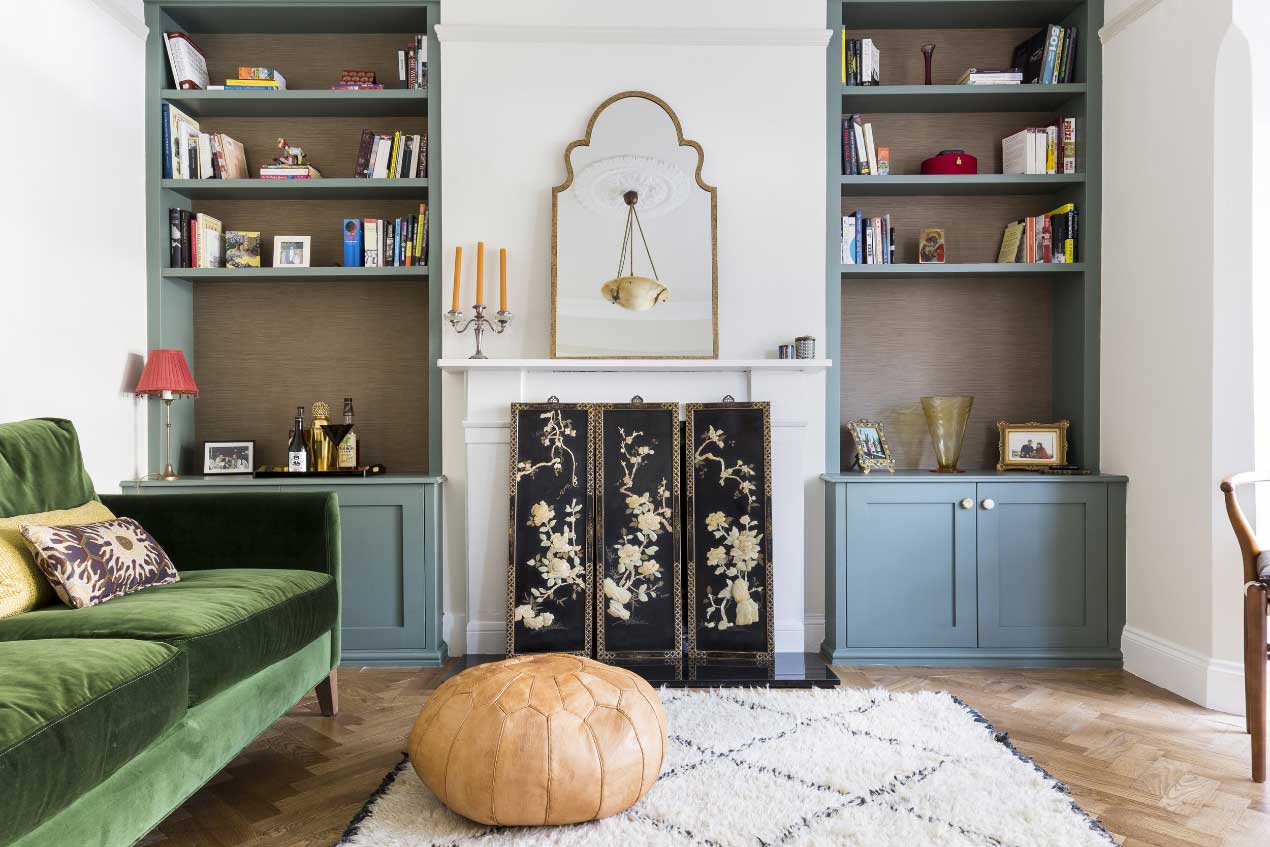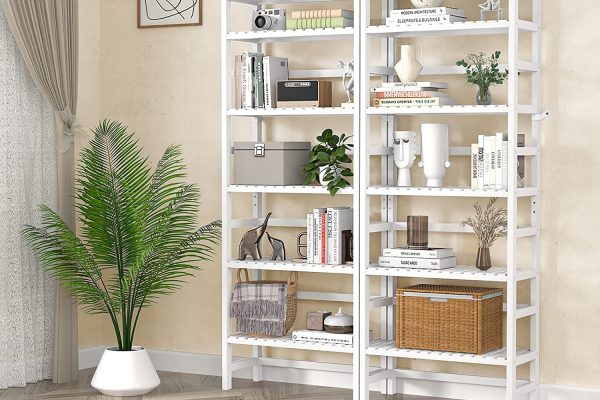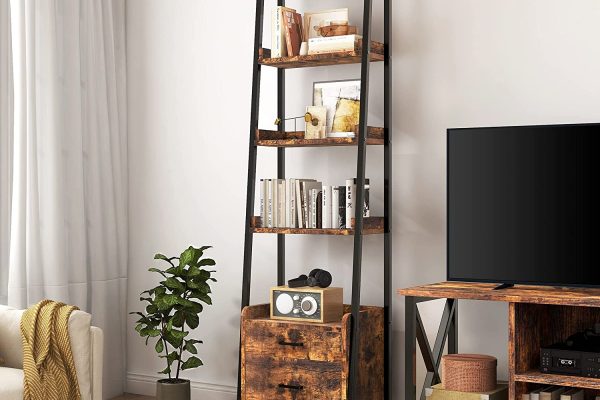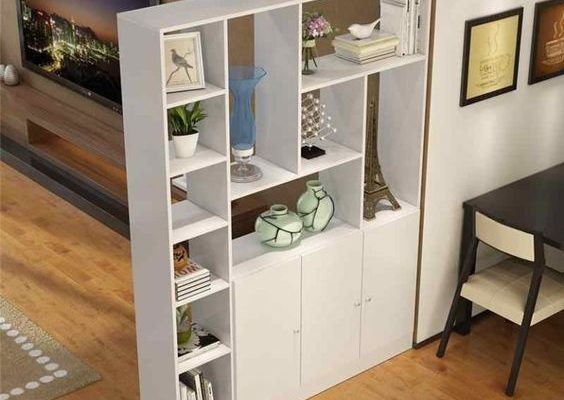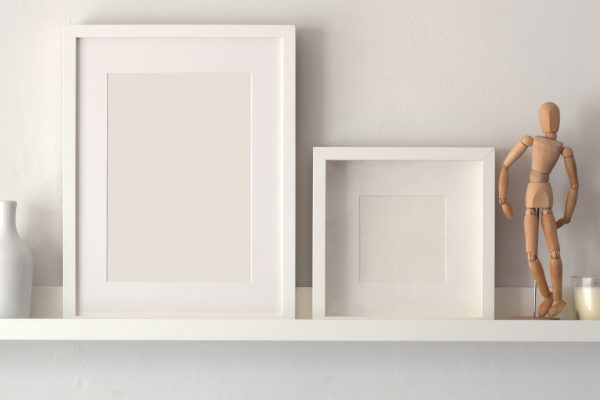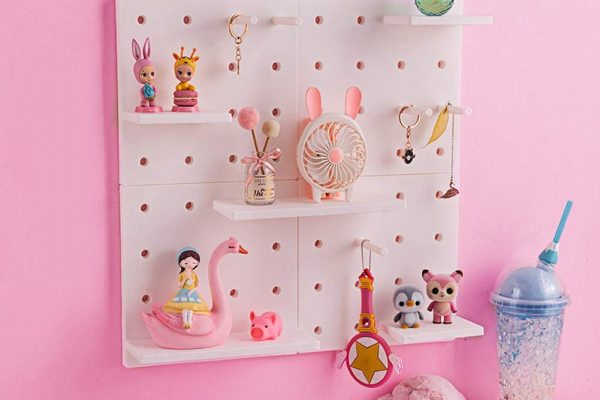Home> Decorative Shelves
Decorative Shelves: Revolutionize Your Home Decor Today
Explore an array of decorative shelves to transform your living space. Our all-inclusive resource offers tips, trends, and installs for a perfect setup.
10 Alcove Shelf Ideas: Chic Design Options And Styling Strategies
By: Sophie Thompson • Interior Design
The 10 Best White Storage Shelves For a Minimalist Home
By: Amelia Brooks • 30 Best Storage Shelves To Get Your Money's Worth
Best Industrial-Style Ladder Bookcase with Drawers
By: Emma Thompson • Versatile Storage Ideas For A Spotless Home All Year Round
9 Room Divider Shelves for Building Extra Areas In Your Home
By: Grace Wilson • Your Ultimate Guide To All Things Furniture
12 Best Display Shelves For Exhibiting Your Fondest Memories
By: William Harrison • Your Ultimate Guide To All Things Furniture
8 Floating Media Shelf Options For Your Prized Collection
By: James Anderson • 30 Best Storage Shelves To Get Your Money's Worth
30 Best Bookcases That Are Perfect To Preserve Your Books
By: Chloe Davis • 60 Best Living Room Furniture You Mustn't Miss Out On
24 Brilliant Bathroom Shelves Alternatives To Choose
By: James Anderson • 50 Best Bathroom Storage Ideas Of All Time
